Futures contracts are complex financial instruments that often seem mysterious to beginners, but they play an important role in the strategies of many investors and traders. They are agreements between a buyer and a seller in which both parties agree to buy or sell an asset at a specific time in the future at a fixed price. Futures are used to hedge risk or to speculate on market price movements. This mechanism has existed in the financial markets for more than a century and its importance to the modern economy can hardly be overstated.
Let’s take a closer look at how futures contracts work, how they operate, and which trading strategies are most effective for different types of market participants.
What are futures contracts and how do they work?
A futures contract is a standardized agreement between two parties: a buyer and a seller. Both parties agree to complete a future transaction at a pre-agreed price and within a specific time frame. Standardized futures contracts are traded on specialized trading platforms, such as the Chicago Mercantile Exchange (CME), which offer liquidity and standardized terms to all participants. The contract price depends on the value of the underlying asset, which can be a commodity (oil, gold, grain), a currency, a stock or a bond.
Price:
- Price and settlement date: A futures contract always contains a price at which the asset will be bought or sold in the future and a fixed settlement date.
- Type of underlying asset: This can be a physical product or a financial instrument.
- Liquidity: Futures are very liquid, allowing you to open and close positions quickly.
With bonds, there is no physical delivery of the asset (unless the terms of the contract require it) and they are often settled in cash, making them favorable for speculators. However, they can also be used for security purposes. For example, grain producers use grain futures contracts to determine the future sale price of their products.
Futures Trading: Strategies for Beginners and Professionals
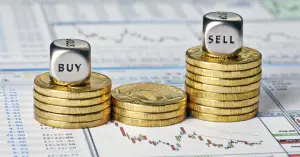 Trading can be profitable, but it requires a good understanding of the market and the risks involved. It is important to remember that futures contracts can be both a speculative instrument and a way to hedge risk. Before trading, traders must decide which strategy they want to follow:
Trading can be profitable, but it requires a good understanding of the market and the risks involved. It is important to remember that futures contracts can be both a speculative instrument and a way to hedge risk. Before trading, traders must decide which strategy they want to follow:
- Trend trading is one of the most popular approaches. Traders try to predict market movements and open positions in the direction they think the price of the underlying asset will move.
- Hedging is a more complex strategy used to protect against potential losses, such as changes in commodity or currency prices.
Trading futures contracts requires not only knowledge of the market itself, but also the proper use of financial instruments such as margin accounts, which allow you to increase the size of a trade without increasing your capital.
Types of futures contracts: from commodities to financial instruments
Each type has its own characteristics and can be applied in different market conditions. Main categories:
- Commodities: Contracts relating to physical goods: oil, gold, agricultural products, metals, etc.
- Financial: Includes obligations related to currencies, stock indices, and interest rates.
Each of these types has its own purpose and is designed for different types of investors. Commodity futures are often used to hedge risks associated with fluctuations in commodity prices, while financial futures can be used to speculate on the movements of currency pairs or stock markets.
Risks of futures trading and how to minimize them
Trading in futures contracts involves a number of risks. The main reason is the high financial leverage, which allows you to achieve significantly higher returns with a small investment, but at the same time increases the chance of large losses.
Main risks:
- Loss of deposit: Due to the high leverage, a small price change can result in significant losses.
- Changes in volatility: commodity futures contracts are usually subject to large fluctuations, which can significantly affect the value of a position.
- Liquidity – In times of market turbulence, there may be problems closing positions.
To minimize risk, it is important to maintain strict discipline, use stop orders and do not exceed the permitted leverage. This will minimize losses in the event of unfavorable market movements.
The mechanism of futures contracts on the stock exchange
The bond trading industry is highly dependent on the stock exchange, which not only ensures the standardization of contracts, but also liquidity for all participants. CME and ICE provide platforms where investors can trade based on the current market price.
Quotes:
- Commodity futures contracts often depend on global market conditions: for example, the price of oil or gold can fluctuate depending on geopolitical conditions, weather conditions and economic changes.
- Financial futures depend on a number of factors, including macroeconomic indicators, interest rates and other economic data.
Exchanges make it possible to standardize agreements, avoid inconsistencies in terms and facilitate the search for a counterparty for a transaction. In addition, it simplifies the contract execution process, regardless of whether it is a financial or commodity contract.
Conclusion
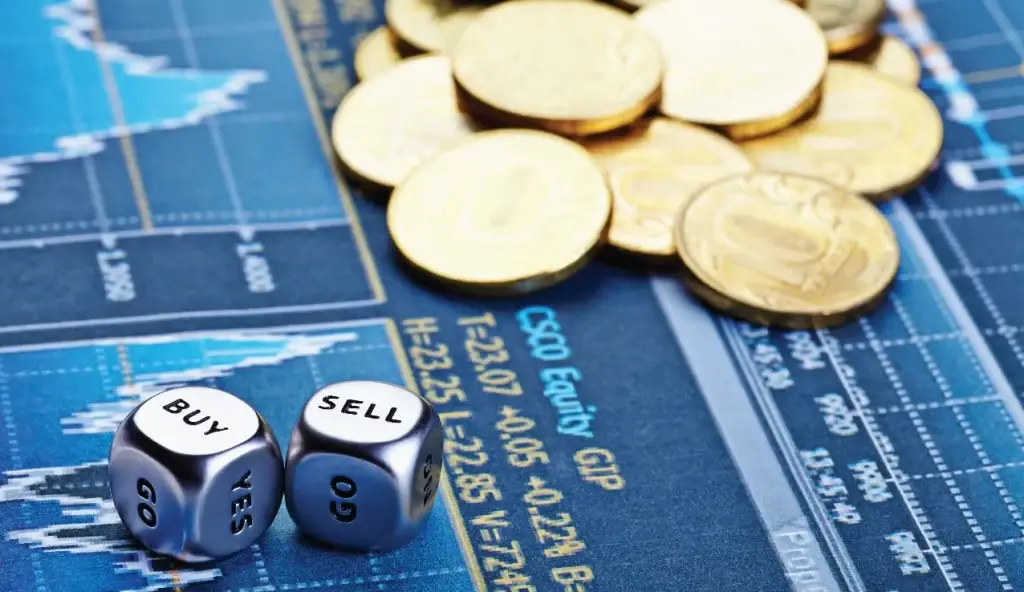 To successfully trade futures contracts, it is important to understand how they work, what strategies to use and how to minimize risks. By understanding these fundamentals, market participants can not only protect their assets but also profit effectively from market price fluctuations.
To successfully trade futures contracts, it is important to understand how they work, what strategies to use and how to minimize risks. By understanding these fundamentals, market participants can not only protect their assets but also profit effectively from market price fluctuations.
By leveraging these commitments, you can significantly increase the profitability of your portfolio. However, this requires constant market monitoring, well-thought-out strategies, and discipline.

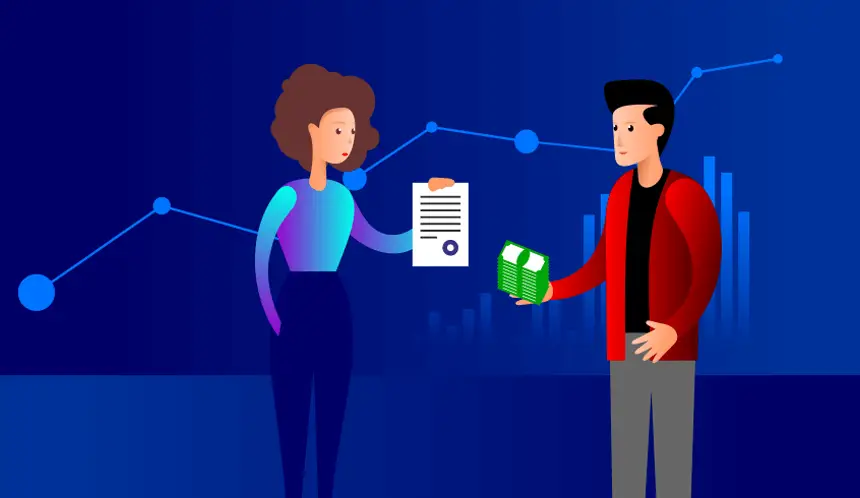

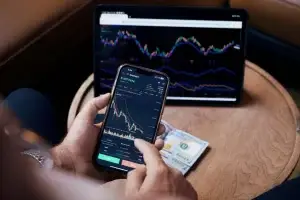 First, you need to open a trading account with a broker that offers access to these instruments. Once you have done this, you will need to deposit a certain amount of money into your account that will serve as collateral.
First, you need to open a trading account with a broker that offers access to these instruments. Once you have done this, you will need to deposit a certain amount of money into your account that will serve as collateral.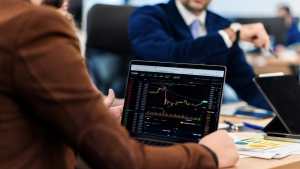 Futures trading: how to develop a strategy requires careful planning and understanding of risks. It is important to remember that successful trading requires continuous learning, improving skills and good risk management. Every trader must answer these questions: Are you prepared for possible losses and how do you react in the event of market volatility?
Futures trading: how to develop a strategy requires careful planning and understanding of risks. It is important to remember that successful trading requires continuous learning, improving skills and good risk management. Every trader must answer these questions: Are you prepared for possible losses and how do you react in the event of market volatility?
 A futures contract is a contract in which a buyer and seller agree to buy and sell an asset in the future at a pre-agreed price. They are often used in the stock market for speculative purposes and to hedge risk. Key features:
A futures contract is a contract in which a buyer and seller agree to buy and sell an asset in the future at a pre-agreed price. They are often used in the stock market for speculative purposes and to hedge risk. Key features: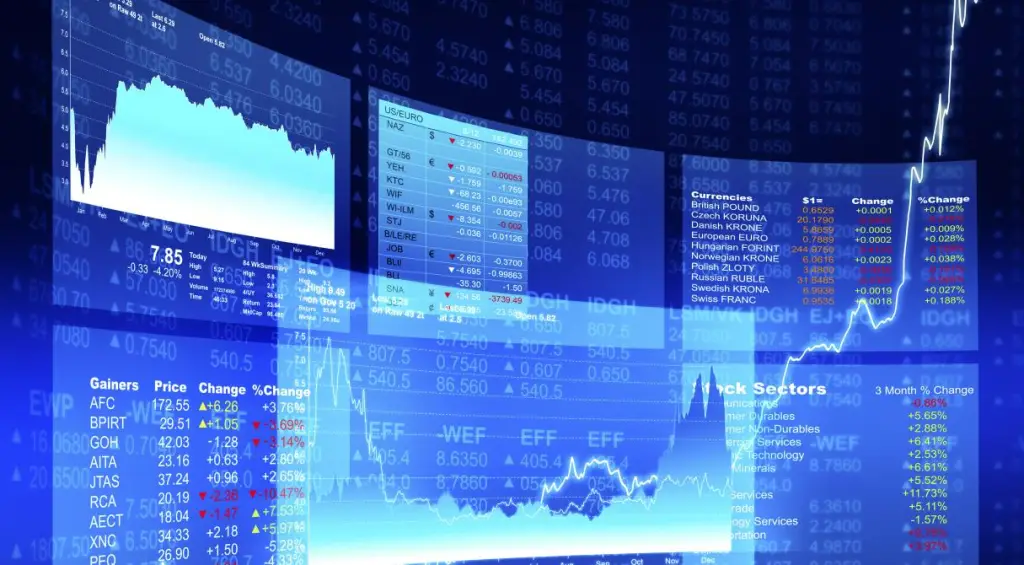 Futures and options are instruments that can make you big profits, but also big losses. They require deep insight, the ability to react quickly to market changes and discipline. Not everyone can trade these instruments, but with the right approach it can be an effective way to grow your capital.
Futures and options are instruments that can make you big profits, but also big losses. They require deep insight, the ability to react quickly to market changes and discipline. Not everyone can trade these instruments, but with the right approach it can be an effective way to grow your capital.
 Assets offer a range of opportunities: hedging, speculation, and protection against volatility. How can you make money with futures? It is important to master the basic steps to confidently trade the market. Beginners should follow a few simple steps:
Assets offer a range of opportunities: hedging, speculation, and protection against volatility. How can you make money with futures? It is important to master the basic steps to confidently trade the market. Beginners should follow a few simple steps: How to make money with futures? The answer lies in the right strategy and discipline. By learning the basics, working with analysis and choosing a reliable platform, you can take your first steps into the exciting world of finance. Making money with futures is a real opportunity for anyone who is willing to invest time and effort in learning.
How to make money with futures? The answer lies in the right strategy and discipline. By learning the basics, working with analysis and choosing a reliable platform, you can take your first steps into the exciting world of finance. Making money with futures is a real opportunity for anyone who is willing to invest time and effort in learning.
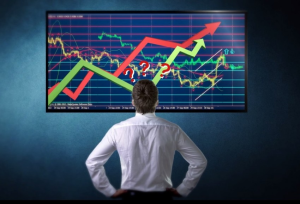 A call option gives the right to buy an asset in the future at a fixed price. It is like agreeing to a low price for today, for tomorrow. Imagine that the stock price of a company rises and you have the opportunity to buy the stock at a price that is below the market price. This is a tool for people who are optimistic about the future and believe in the growth of their investments. For this reason, the call is often seen in the investment world as a symbol of ambition.
A call option gives the right to buy an asset in the future at a fixed price. It is like agreeing to a low price for today, for tomorrow. Imagine that the stock price of a company rises and you have the opportunity to buy the stock at a price that is below the market price. This is a tool for people who are optimistic about the future and believe in the growth of their investments. For this reason, the call is often seen in the investment world as a symbol of ambition.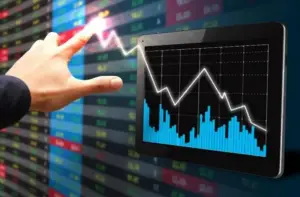 The financial world is full of complexity. Those who decide to do research will have powerful tools at their disposal. With options, you can profit from market changes without directly owning assets. It is important to study and test it. Then this instrument will open up completely new perspectives for investors. Nothing is easy, but the effort is worth it.
The financial world is full of complexity. Those who decide to do research will have powerful tools at their disposal. With options, you can profit from market changes without directly owning assets. It is important to study and test it. Then this instrument will open up completely new perspectives for investors. Nothing is easy, but the effort is worth it.
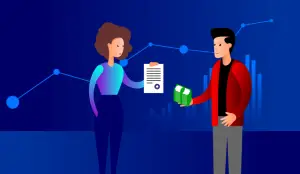 There are several types, which differ depending on the assets over which they are held:
There are several types, which differ depending on the assets over which they are held: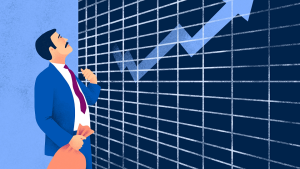 Futures are a tool for investment and risk management. They require knowledge and training. By using futures contracts, you can protect your business from price fluctuations or profit from changes in the value of assets. By using the right strategies and understanding the risks, you can be successful in this market. It is worth diving deeper into the future and trying your hand at this dynamic field.
Futures are a tool for investment and risk management. They require knowledge and training. By using futures contracts, you can protect your business from price fluctuations or profit from changes in the value of assets. By using the right strategies and understanding the risks, you can be successful in this market. It is worth diving deeper into the future and trying your hand at this dynamic field.